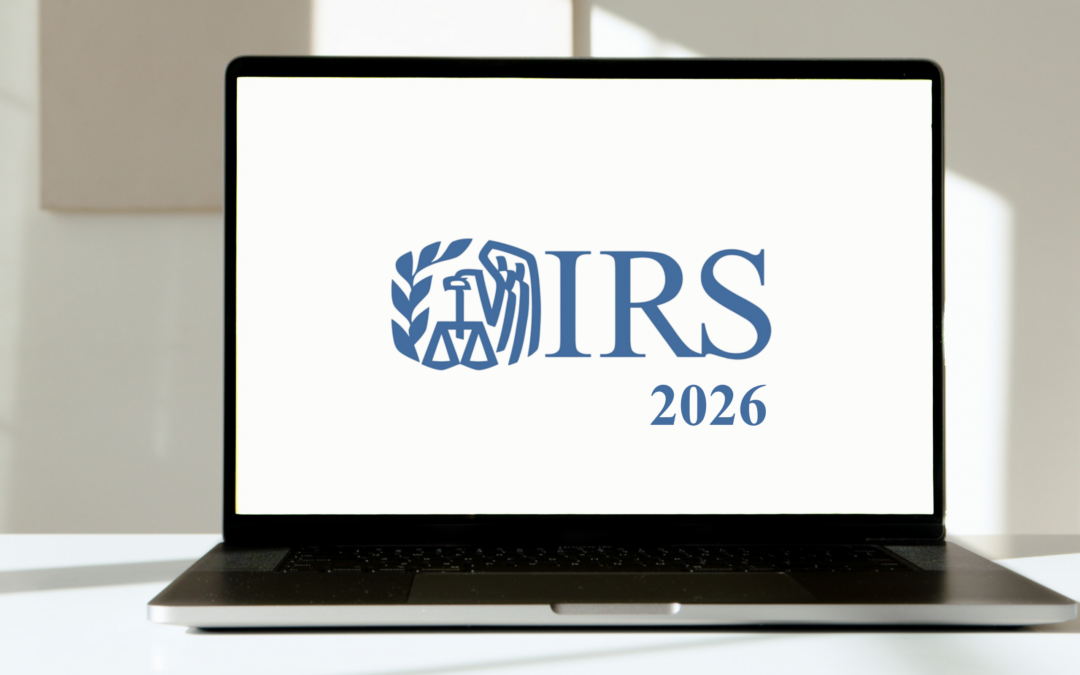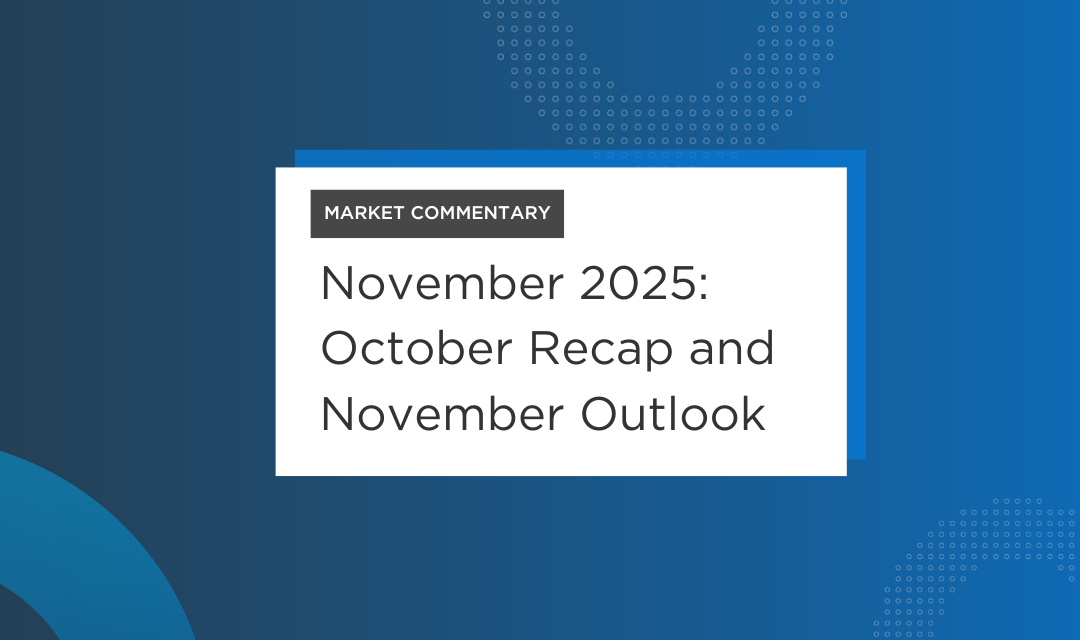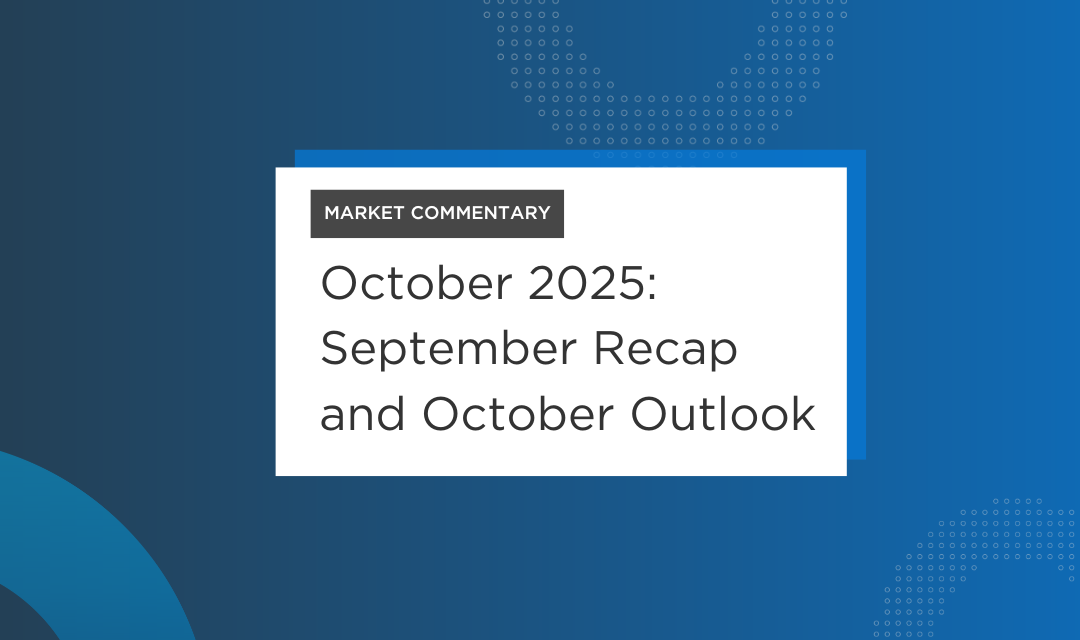The SECURE Act (“Setting Every Community Up for Retirement Enhancement Act of 2019”) was passed in 2019 and took effect on January 1, 2020. The Act is a bi-partisan piece of legislation passed by Congress in an attempt address the lack of retirement savings among American and help more Americans save for retirement.
Addressing a Problem
The shift from defined benefit and pension plans towards defined contribution plans (i.e. 401(k), 403(b), and 457 plans) in recent decades has led to a change in savings habits among Americans. Only about half of adults between 18 and 34 are saving for retirement and the most recent data shows that Americans between 56 and 61 – those approaching retirement age – have a median balance of just $21,000 saved. In designing and passing the SECURE Act, Congress hopes to encourage more Americans to save and provide the income needed to last for Americans’ increased lifespans.
Changes for Participants
Some key takeaways of changes for participants include:
- Lower age for in-service withdrawals from 457(b) governmental plans to age 59 ½.
- In-service hardship withdrawals for child birth or adoption expenses up to $5,000 per parent, not subject to 10% early withdrawal penalty.
- Minimum Required Distribution age raised to 72 for individuals who attain age 70 ½ after 12/31/2019.
- Disaster relief (retroactive, as limited, to 2017) – Distribution request deadline June 17, 2020. Distributable event for up to $100,000, not subject to 10% early withdrawal penalty. Individual income tax payments can be spread over 3 year period, or repaid back into the plan. Loan limit for disaster relief is doubled to $100,000 and loan repayment period extended. Ability to recontribute hardship distributions taken for a home purchase in a disaster area.
Next Steps
If you have already turned 70 ½ in or before 2019, you will still be required to take a Required Minimum Distribution (RMD) for 2019 and continue doing so in the coming years. However, participants who would turn 70 ½ in 2020 can now wait until they are 72 to take their RMD. If you had been planning on starting your RMDs in 2020 at age 70 ½ you may want to discuss options and tax consequences with a financial advisor.
The Act also allows for distributions to cover unexpected or especially high costs, such as the costs associated with the birth or adoption of a child, or the costs incurred following a natural disaster. To see if it makes long-term financial sense to take out funds in these situations, it is best to discuss your account with a financial advisor.
Changes for Employers
Plan Sponsors of 403(b) and 457 plans will not see changes to their requirements under the SECURE Act, however 401(k) plan sponsors will be affected. The most prominent impacts for employers include loosening rules for workplace retirement plans by allowing increased access for Multiple Employer Plans (MEPs), as well as increased eligibility. For example, the rules will require employers offering 401(k) plans to include part time employees who have worked at least 500 hours for three consecutive years in the plan. The Act will also incentivize employers to adopt new retirement plans for their employees and include auto enrollment feature.
[formidable id=”53″ minimize=”1″]



